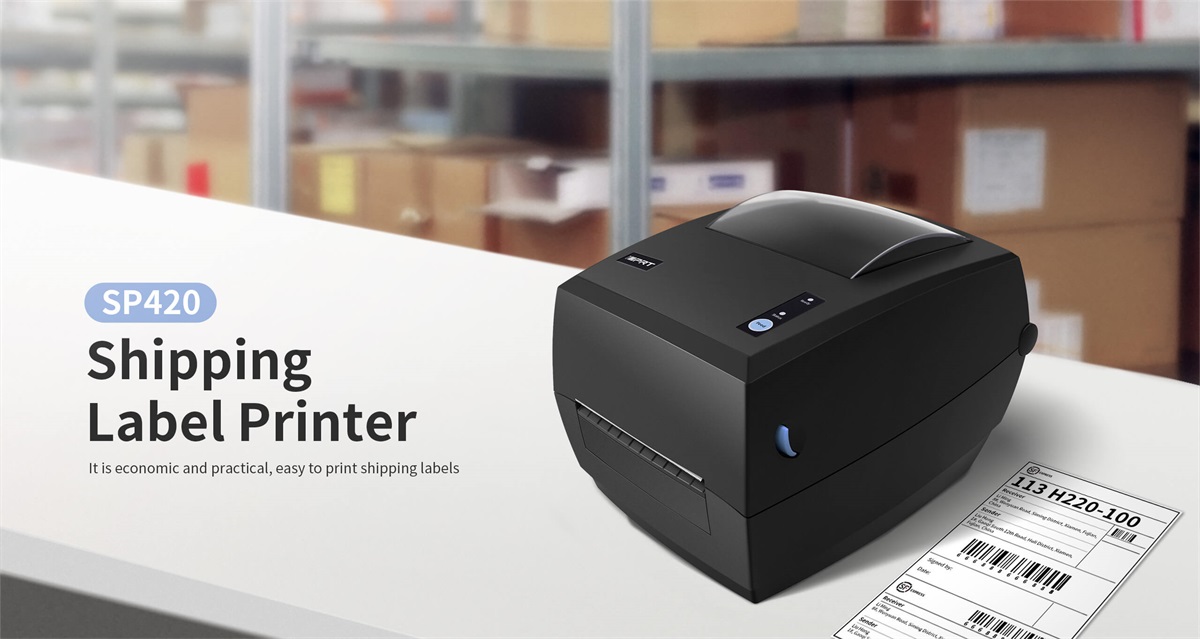A thermal printer is a type of printer that uses heat to transfer an image or text onto paper or other materials. This type of printer is commonly used in applications where the printed output needs to be durable and resistant to fading or smudging.
There are two main types of thermal printers: direct thermal and thermal transfer. Direct thermal printers use heat-sensitive paper that is coated with a special thermal layer. When heat is applied to the paper, the thermal layer reacts and changes color to create the printed image or text. Direct thermal printing is often used for printing receipts, labels, and tickets.

Thermal transfer printers, on the other hand, use a ribbon that is coated with ink or wax. When heat is applied to the ribbon, the ink or wax melts and is transferred onto the paper or label material to create the printed image or text. Thermal transfer printing is often used for applications where a more durable printed output is required, such as in industrial settings.
One of the main advantages of thermal printing is that it is fast and efficient. Since there are no ink cartridges or ribbons to replace, maintenance costs are relatively low. Thermal printers are also compact and can be easily integrated into a variety of devices, such as point-of-sale systems, kiosks, and mobile printers.
Another advantage of thermal printing is that it produces high-quality, crisp text and images. Since the printing process relies on heat rather than pressure, there is less smudging and distortion of the printed output. This makes thermal printing ideal for applications where legibility and clarity are critical, such as in medical or laboratory settings.
Thermal printing is also environmentally friendly. Unlike traditional printing methods that use ink cartridges or toner, thermal printing does not generate any waste or require any chemicals. This makes thermal printing an attractive option for businesses that are looking to reduce their environmental footprint.
However, there are also some limitations to thermal printing. One of the main drawbacks of thermal printing is that it can be sensitive to heat and light. Direct thermal paper can fade over time if exposed to sunlight or high temperatures. This can make it unsuitable for applications where the printed output needs to be long-lasting or permanent.
Another limitation of thermal printing is that it is generally limited to black and white printing. While some thermal printers can produce grayscale or color output, the quality and resolution are often not as good as traditional inkjet or laser printers.
In conclusion, thermal printing is a popular printing technology that is widely used in a variety of applications. It offers a number of advantages over traditional printing methods, including speed, efficiency, durability, and environmental friendliness. While there are some limitations to thermal printing, it remains a reliable and cost-effective printing solution for many businesses and industries.







